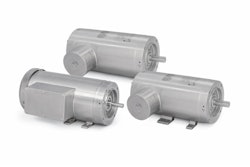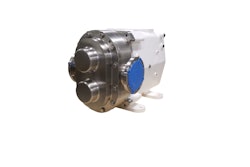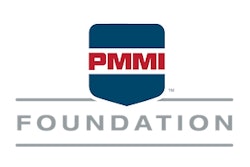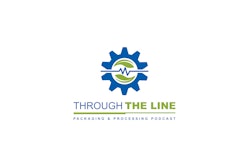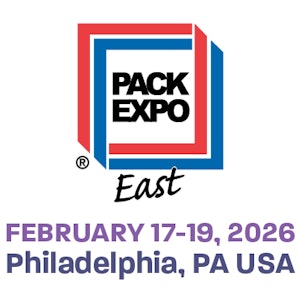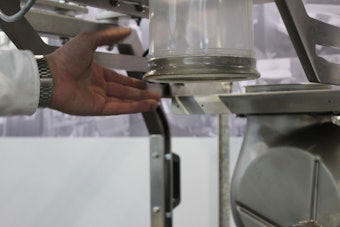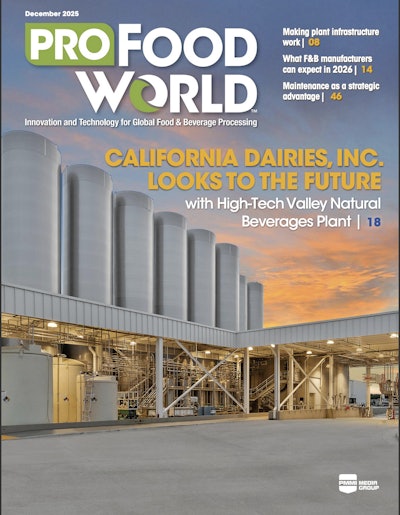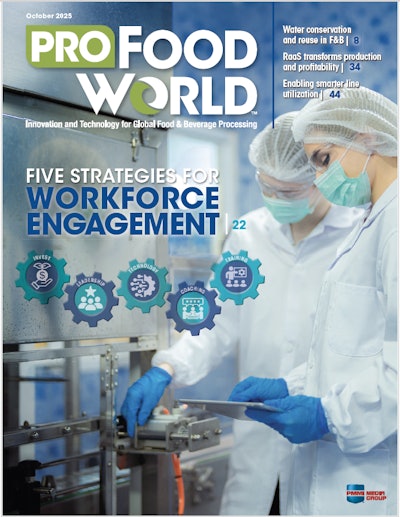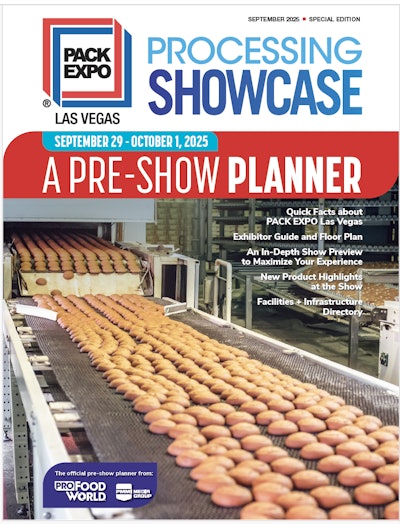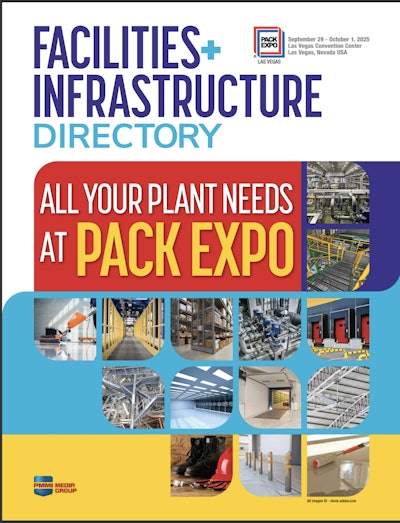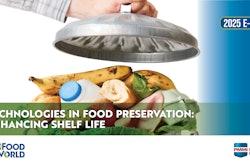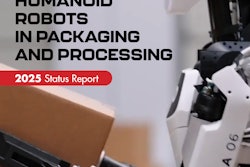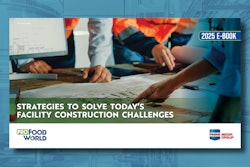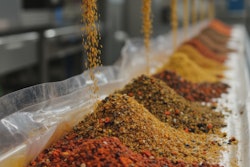
One of the problems is it is hard to predict e-commerce demand and that leads to forecasting difficulties.
Fulfillment challenges are big. How do you verify contents to insure order accuracy and deliver the consumer experience desired? Do you need to redesign size and weight to make shipping more affordable?
Some struggle with sustainability issues. Is this a different package, or more packaging? A major concern is on-line ordering can obscure positive effects of branding if products are repackaged or reconfigured. The product still is used in the home and has to retain brand identity.
To confuse the landscape even more, home delivery is different than “click and pick up” on-line ordering for store pick up. And items that need to be inspected such as meat, poultry seafood, fresh vegetables and fruits lag behind household cleaners, paper products, etc. And frozen foods present additional problems where distance, delivery time and temperatures all come into play.
With faster growth in Asia Pacific, CPGs here are wondering if analysts are over predicting just how popular e-commerce will become in the U.S. But they admit their operations are spending to determine what should be done.
The Amazon effect is forcing CPGs to get into the space, much like Walmart was a huge driver for sustainability.
Most brands fear the negative repercussions, especially on social media, for not having an e-commerce presence.
B-2-B sales (industrial orders), as well as B-2-C sales of clothes, jewelry, shoes, electronics, outpace grocery shopping in many cases.
Vision 2025 includes insights from nearly 50 CPGs who attended Pack Expo LAS VEGAS in the fall of 2017. E-commerce is just one of the many topics discussed. In 2018, PMMI will dedicate editorial and research resources to define and follow the e-commerce market and its disruption of the packaging function.
Download the entire 24-page report for FREE here.




